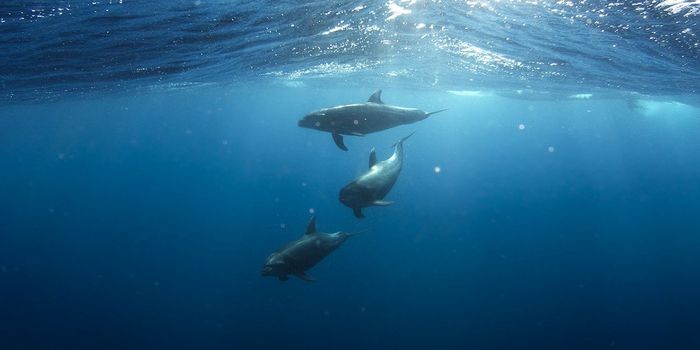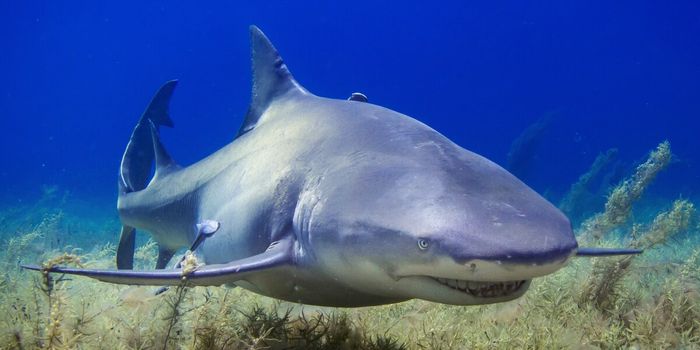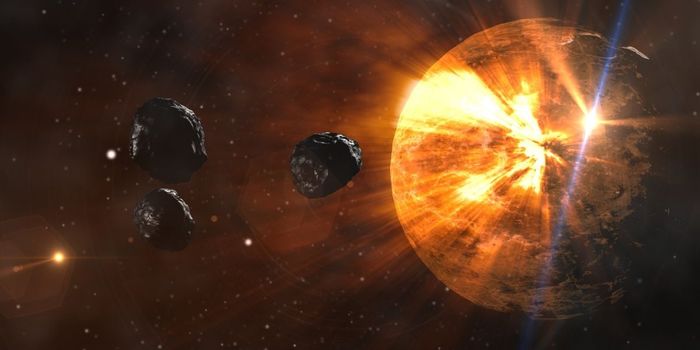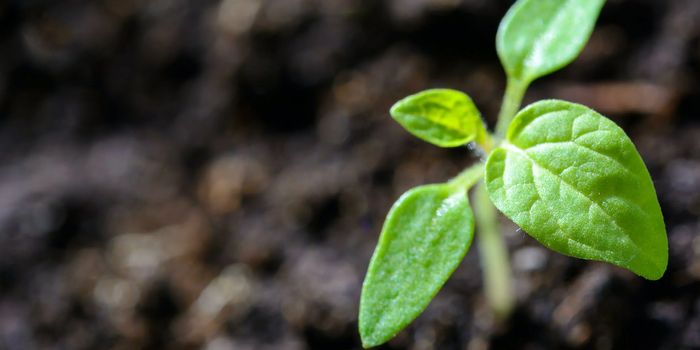We are all multi-cellular beings. Mammals, amphibians and reptiles all are made up of complicated combinations of smaller cells. Of course, there are single-celled animals, but they are all extremely small. How come we don't see any single-celled elephants? Think of what would happen if a single celled organism were punctured or infected. It would die. When one cell in a multi-celled organism dies, it gets replaced. However, if we were made up of only one cell, we would die, too. Also, the surface to volume ratio of smaller cells is optimized for expelling waste and absorbing nutrients. Most single cells cannot accommodate a larger size because its volume would overtake its surface area and the cell would burst.
Caulerpa taxifolia appears to be the world's largest single-celled organism. It can grow up to 30 cm long and has some unique properties that allow it to grow as a single cell. It has a large surface area ratio, uses photosynthesis to make its own food, and has multiple nuclei. This plant seems to have figured out a way to proliferate with only one cell, proving it is possible but has limits, particularly in size.








